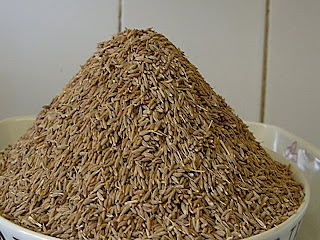FMCG sector might not grow as fast as it has - here is why
Rural market, accounting for 45 percent of overall revenue of the FMCG sector, is one of the key contributors to India’s FMCG growth story.
FMCG is the fourth largest sector in the Indian economy. According to IBEF, the sector is further expected to grow at a Compound Annual Growth Rate (CAGR) of 27.86 percent to reach $103.7 billion by 2020. The sector is projected to grow 11-12 percent in 2019, as per a CRISIL report. Accounting for a revenue share of around 45 percent, the rural segment is a large contributor to the overall revenue generated by the FMCG sector in India.
The FMCG sector is generally categorized into three segments: Food and beverages, healthcare and personal care. The entry of Patanjali into FMCG sector boosted the entire sector and gave it a new direction. In 2018, the supermarkets and hypermarkets distribution channel segment dominated the FMCG market. The growth of this segment is driven by a rise in disposable income and increase in demand for a one-stop solution for all shopping needs.
In previous quarters, we have observed double-digit revenue growth in many of large cap FMCG companies that includes HUL, Colgate-Palmolive and Dabur. From roughly 0.4 percent penetration of e-commerce driven channel of FMCG sales in 2016 to 1.3 percent in 2018 with an expectation of 11 percent in 2030 shows a huge possibility through this channel. Over 65 percent of India’s population stays in rural areas, and they spend 50 percent of their total spending on FMCG products. Hence, the rural market, accounting for 45 percent of the overall revenue of the FMCG sector, is one of the key contributors to India’s FMCG growth story.
Major potholes for the sector include the government’s announcement of regular hikes in Minimum Support Price (MSP) for crops including the announcement of keeping MSPs at a minimum 1.5x of cost of agricultural production in order to achieve its target of doubling the farm income by 2022. Below normal monsoon rainfall is also a damper on the sector’s growth. Some of the reforms like demonetization and GST have negatively affected the demand, as the rural trade was largely dependent on cash and wholesale channel.
Nielsen India expects growth in the fast-moving consumer goods (FMCG) sector to be in the range of 11-12 percent in 2019, two percent lower than 2018's growth of 13.8 percent.
FMCG stocks, too, have created a lot of wealth to the investor as from last five years stocks like HUL, Jubilant Foodworks, Dabur, Nestle, Marico has generated CAGR 10 percent-20 percent. But, going forward, a lot of factors at micro and macro may impact the sector’s performance, and we may not see a repeat of performance as we have witnessed before.
A slowdown in the sector is expected as lower consumption in the rural market amid tough market conditions and lower spending by households both at the urban and rural level are expected to impact the sector negatively.
Best Share Market News, Click Here To Get More News - Share Market Tips, Stock Market Tips, for 2 Days Free Trial give a missed call @9644405057 and Get Share Market Services.



Comments
Post a Comment